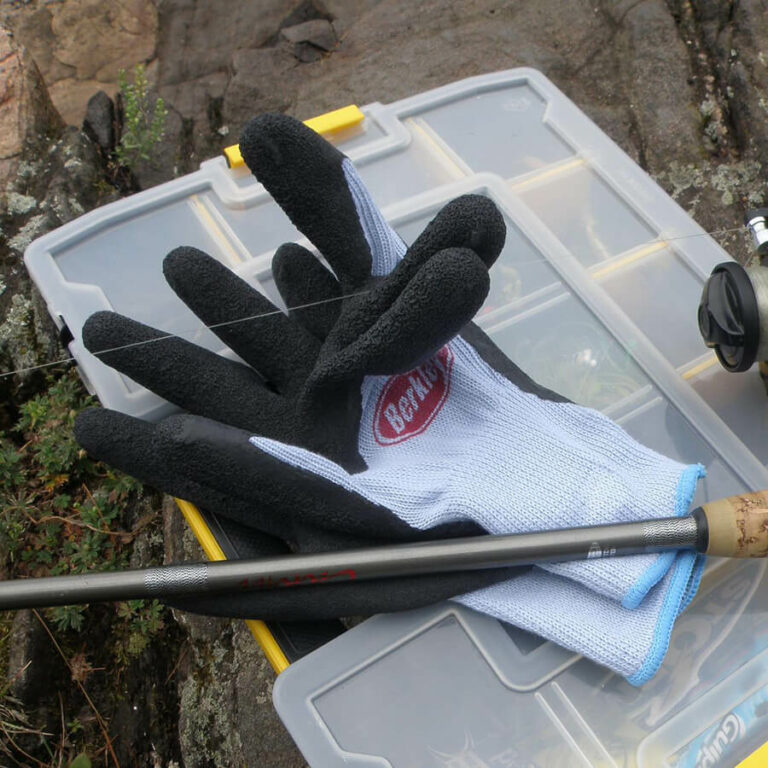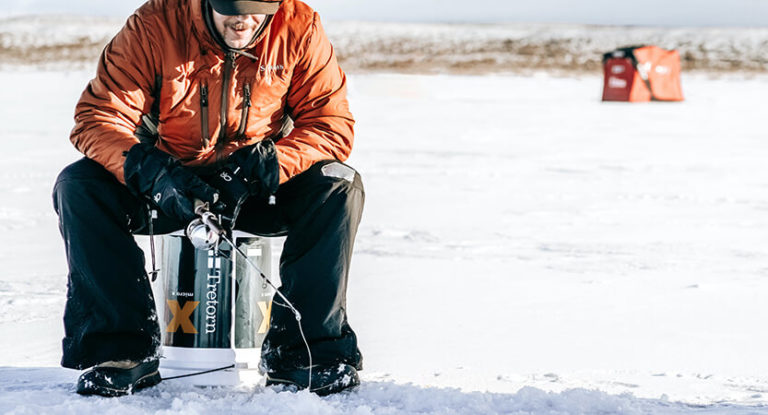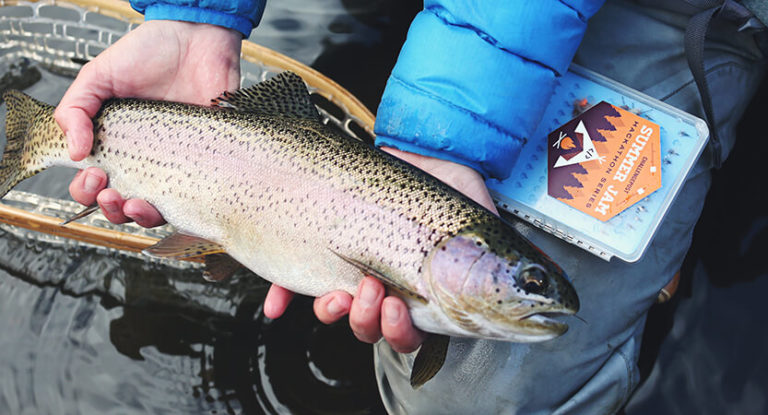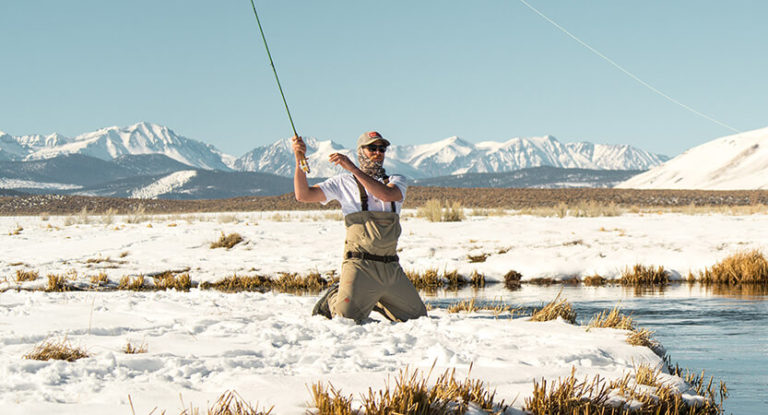The pike is one of the most famous predators of our freshwater reservoirs. She is almost always hungry, except for the spawning period , so you can hunt her all year round. The most famous tackle for catching this smart and careful predator is spinning , but not all anglers are able to withstand the drive required for spinning fishing. For them, there is a worthy alternative involving the use of passive live bait tackle. Anyone can catch pike with live bait, regardless of age and health. It does not require significant physical effort, but it gives no less exciting moments of struggle with a mother predator and the joy of victory.
Today we will try to cover as fully as possible the issue of hunting for a “live torpedo” using various live bait tackle. We will consider in detail the issues of catching and storing live bait , installing the appropriate equipment, fishing tactics with all kinds of passive gear in various conditions. We hope that you will be so carried away by our publication that you will decide to try yourself in this method of catching the recognized toothy queen of our waters. This is the most democratic fishing that does not require significant financial investments or special physical endurance.
Here is an overview of the content of this tutorial, feel free to jump to any section you care about:
For more fishing instructions, take a look at these popular Trizily links: Best Bass Fishing Lures, Best Fishing Lines.
- Fishing Techniques- All You Need To Know
- Secrets Of Successful Fishing- Tips and Tricks
- How To Choose A Spinning Rod (Complete Guide)
When can you use live bait tackle?
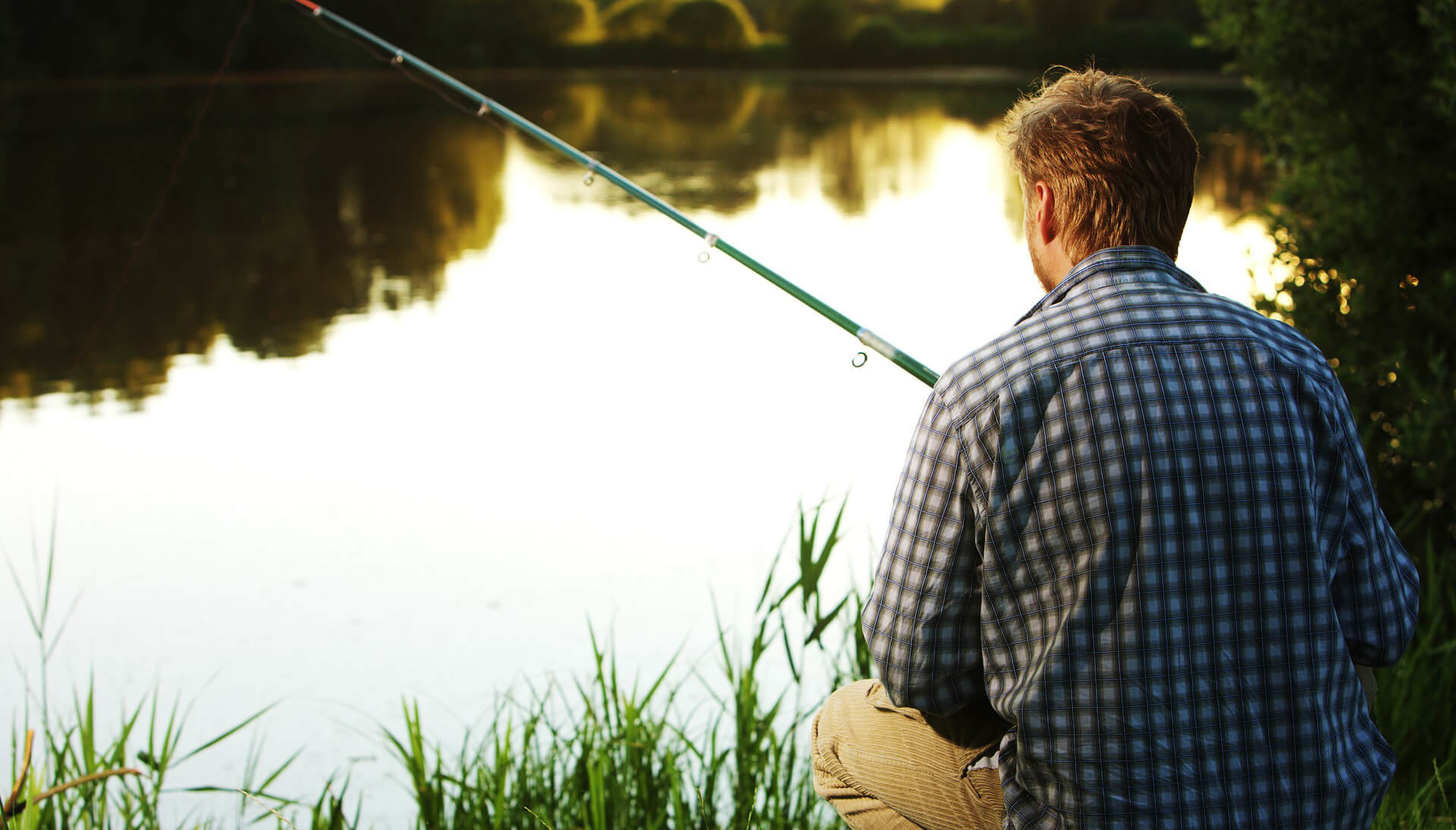
Pike can be hunted all year round, with the exception of the spawning period in late March – early April. Let’s go through the seasonal fishing conditions and the features of the rig.
The pike loves to hunt down its prey from the thickets, so the most promising places for summer hunting for it are windows of clear water. This complicates both the casting of tackle and the playing of fish , so most anglers opt for supplying and fishing with a float rod from a boat (less often from the shore). In stagnant water or weak currents, floating vents, often referred to simply as “circles”, can be successfully used.
In autumn, the vegetation becomes less abundant, and the predator, on the eve of cold weather, shows a remarkable appetite. In autumn, pike fishing with all passive tackles is effective: from gutters and bottom to float rods. During this period, targeted harvesting of trophy specimens is carried out, which is particularly productive with the onset of the first frosts.
In winter, the approach to fishing changes in the most dramatic way, because fishing is already done from the ice. The fisherman on the ice can get to the most promising places and place the girders without looking back at the elements. But there is one “but”: the pike rarely goes far from its usual habitat, even in the wilderness, so the search for a promising site can be delayed. In this case, it is rational to fish in a reservoir familiar from fishing in clean water, or to use an echo sounder. The catch of juvenile fish is also very difficult.
In the spring , when the ice melts and after spawning, the pike feeds especially actively, rushing to any more or less edible prey. At this time, she prefers to dwell mainly in the lower layers of the water, but not at too great a depth, therefore bottom gear demonstrates the greatest efficiency. The danger of snagging is minimal: the vegetation has not yet reached full strength.
Fishing and storage of bait
For pike fishing, live bait is used of a fairly decent size: a predator is able to swallow prey, only three times smaller in size. At the same time, she intercepts the fish across the body and drags it along in order to enjoy a meal in a secluded den or just on the sidelines. She can use small prey on the spot, in the manner of a perch, but this is not typical for her.
The pike prefers active prey, therefore it is in the interests of the angler to offer it the most tenacious bait . Ideally, it is best to stay on young carp or crucian carp, and loach, ruffe or gudgeon are also suitable. But roach, bleak, juvenile perch, pike and bream fall asleep on the hook much faster.
It is best to get bait in the same body of water where you are going to hunt the predator later, but this is only a wish, not a mandatory recommendation. It is better to stock up on juveniles in advance and create optimal conditions for their storage than to jeopardize the success of fishing: what if you cannot catch the right amount of juveniles just before catching the predator.
During summer fishing, in the heat, live bait quickly falls asleep in a bucket, if you forget to remove it from the sun. Place the container with juveniles in the shade and do not forget to periodically change the water: in such conditions, a young carp or carp will live for several days. But to store less tenacious juveniles, constant aeration of water is needed, which means that you will have to acquire a traveling compressor.
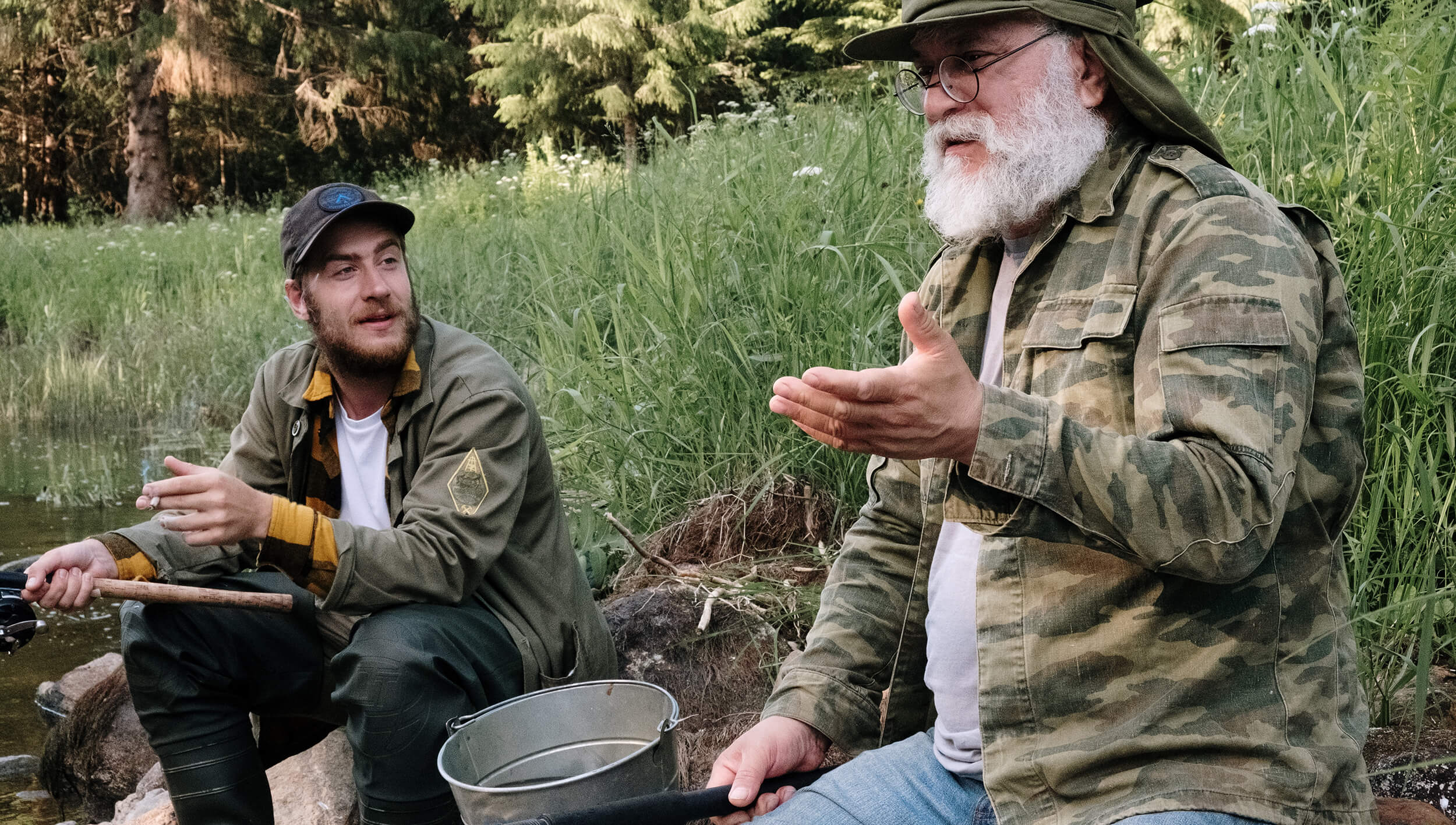
At home, you can put a container with live bait on the bottom shelf of the refrigerator, in winter – on the balcony, not forgetting about insulation. In winter, out of the cold, you can store the fish in smaller containers, but you need to make sure that the water does not freeze. With the right approach, you can keep the fry alive for several months, feeding them with compound feed once every couple of weeks, followed by a water change.
There are many ways to fish live bait in open water . Fish of relatively decent size are obtained using a swing rod from the shore, using gentle bloodworms as bait or an ordinary dough with the addition of flavoring (for example, anise). The use of a lift is distinguished by good productivity when catching fry, where, after lowering to the bottom, you can pour fish feed with the addition of an attractant. Some fishermen catch live bait with cloths, driving juveniles from the depths to the shore and eventually lifting the cloth out of the water.
Methods for attaching live bait to a hook directly depend on the features of the rig. The most popular is the hook under the dorsal fin: the fish takes a natural position in the water and lives as long as possible, unless, of course, its ridge is broken. Lip fastening is not so natural and reliable, but many anglers prefer it. When using double hooks for installation, the method of insertion through the gills is justified.
Choosing a promising place
To hunt a cunning predator without first studying its habits is a failure. The correct choice of bait is not so important here as familiarity with your favorite habitat. Finding an ambush site for a pike is already more than half the battle, and catching is a matter of technology: if you get hungry (and it is almost always hungry), you will be tempted by the food offered.
As we have already mentioned, it is best to catch pike in the windows of free water in the thickets , but casting and fishing in this case is difficult. Fishing near snags is also very productive , and it is more rational to use a float rod and a boat, carrying out an almost vertical cast.
When fishing from the shore, the most effective are casts beyond the distant border of coastal algae, but it is necessary to clear the water area from sedge and cattail in advance, so that later you do not have problems with playing. This must be done in advance, otherwise the noise will frighten off the predator and it will temporarily leave its usual den.
On the rivers, you should pay attention to all kinds of pits and whirlpools, the boundaries of rifts, curbs and, in general, places where the current slows down. The pike loves quiet backwaters with dense thickets and cannot stand the fast flow. However, on the border of a fast current and a backwater, it hunts very successfully.
Fishing with a float rod
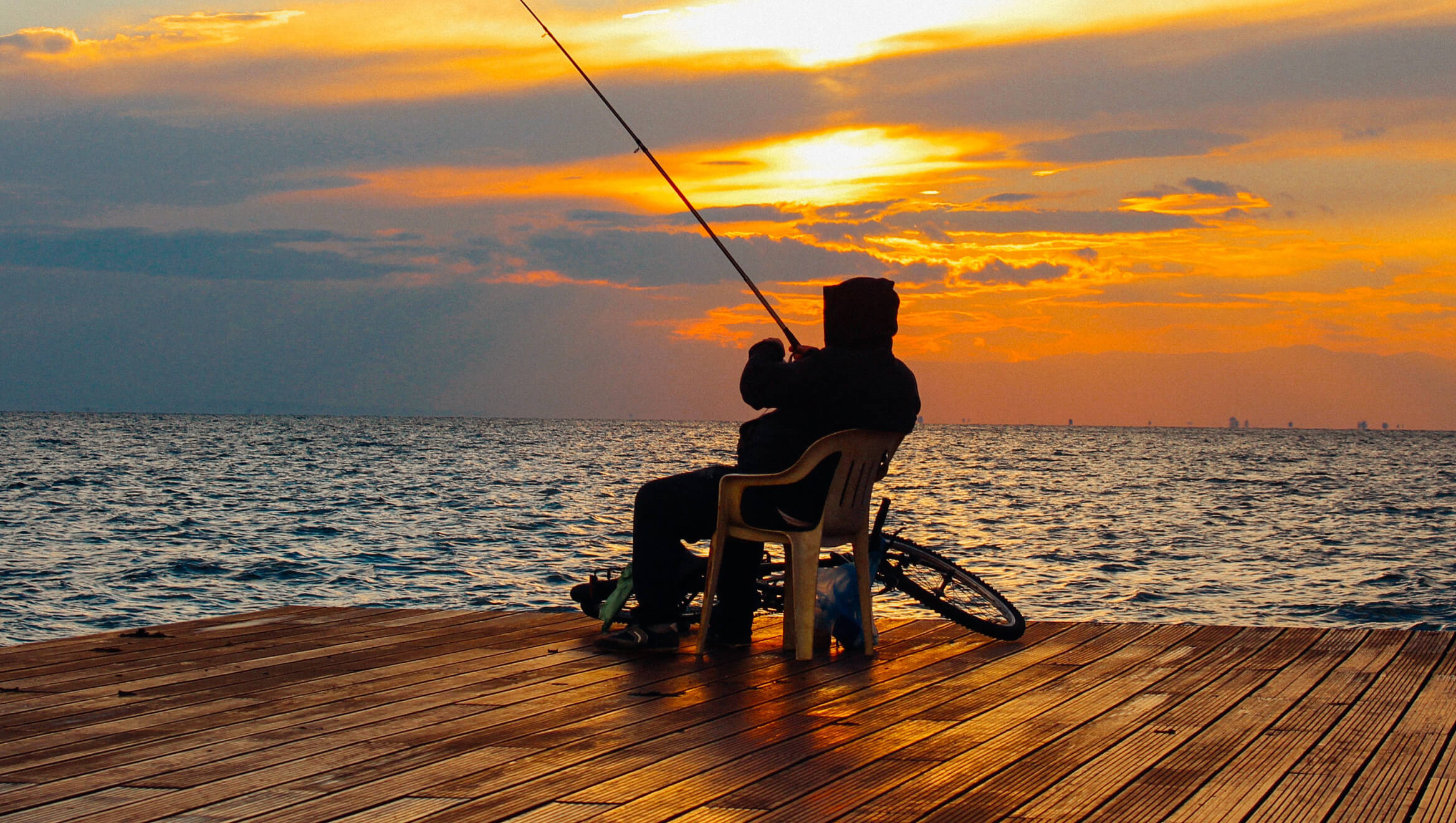
The extraction of the “toothy torpedo” with the use of float equipment is most promising in summer and early autumn. Swing sticks of medium length (6-7 meters) with a test of more than 40 grams are usually used as rods . You can use a spinning reel, but to improve maneuverability and reduce the weight of the rig, they often do without it, attaching the main line through the shock absorber model directly to the quivertip.
The main line can be either a high-quality monofilament thread with a diameter of 0.3 mm or more , or a braid with negative buoyancy. The use of a leash is mandatory, and for catching a small grass, the use of a fluorocarbon line, which is hardly noticeable in the water, is justified. When fishing for trophy pike, a large live bait is used, which distracts the attention of the predator from the rough equipment. In this case, the strength of the equipment comes first, therefore, the use of metal leashes is justified.
The equipment includes a barrel-shaped float with a dough of 20-25 grams (its weight varies depending on the size of the live bait), an olive sinker and powerful hooks made of hardened steel (often double). When casting live bait should be located 25-40 cm from the bottom and be quite active.
The use of float rigs makes fishing quite mobile. Bites are expected for 10-20 minutes, after which they are moved to another place: if the fish did not respond to the proposed “dish”, most likely, it simply is not there.
The pike attacks the bait sharply and aggressively, usually taking the float far enough to the side. It is very important to choose the optimal time for hooking, because the predator does not eat the prey right away. She intercepts it across the body, steps aside, and only then feast on it. This means that the best time for hooking is the moment when the float starts to move again after pulling to the side and a short period of rest.
If pike is caught from a boat, the use of a spinning rod with a float rig is justified. Naturally, no wiring is used here, because the live bait will instantly turn into a dead man, and the most unappetizing species for a pike. In fact, the spinning rod in this case turns into an ordinary float rod with the appropriate equipment.
Use of bottom gear
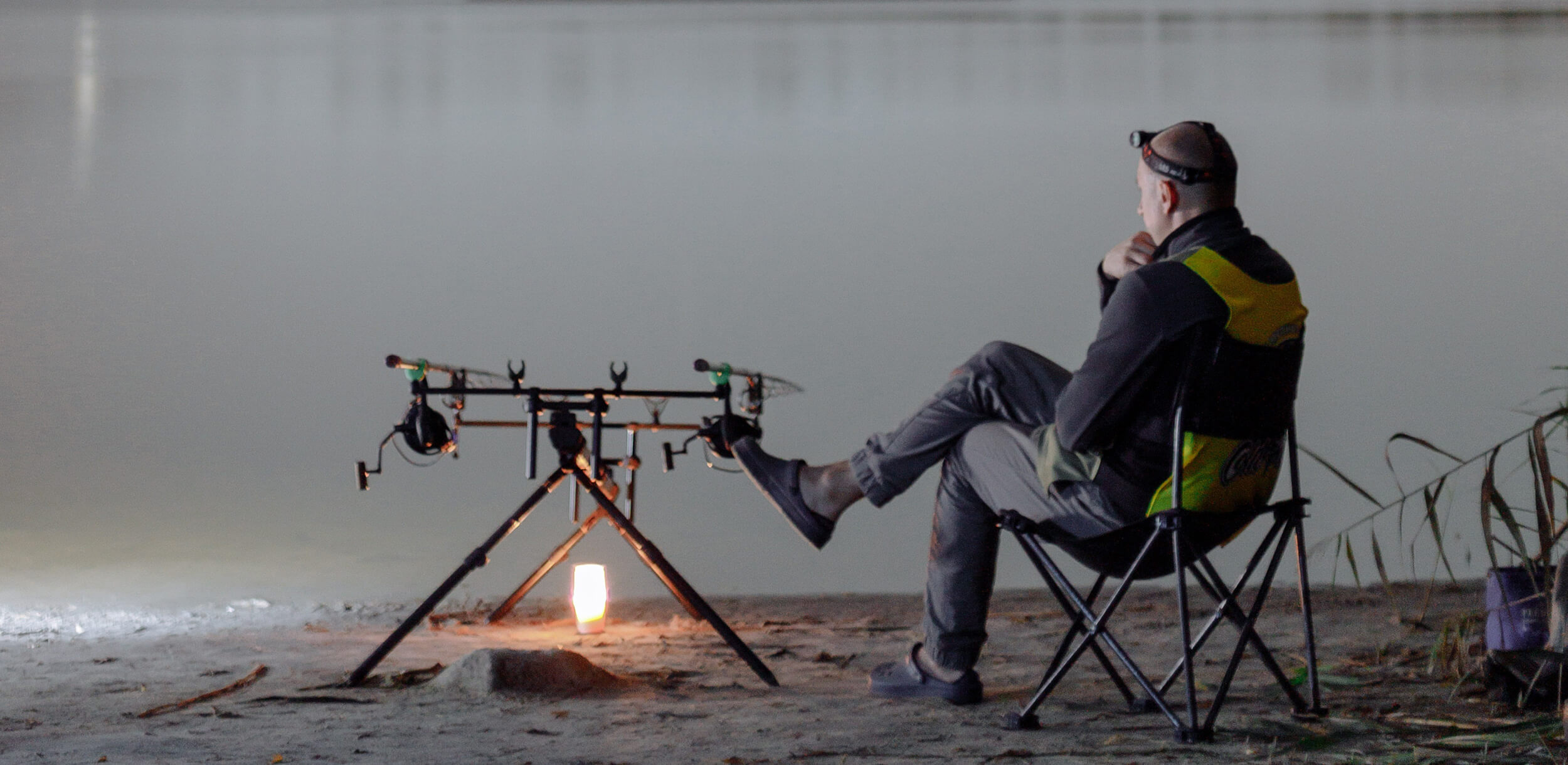
Catching a predator with live bait using bottom gear is most productive in spring and autumn, when the coastal water area is as free of thickets as possible. All types of bottom gear are suitable for this fishing method , that is:
- Classic . A load is tightly attached to the main cord or monofilament thread with a diameter of 0.3-0.5 mm and a length of up to 20 m, which is subsequently thrown into the water. On the main line, loops are made with a step of at least 1.5 meters, which serve to secure the leashes through the swivels. Steel leashes with a length of 20-40 cm justify themselves in the best way, on which “doubles” or “tees” are imposed. The tackle is wound on a homemade or factory reel. After casting, the reel is firmly fixed on the bank (on a peg or tree), a bell is used as a signaling device.
- “Rubber bands” . The main nuance of this design is the use of a rubber model that serves as a shock absorber. This makes this tackle reusable with a single starting cast. This is very important, because the fallen asleep live bait needs to be replaced periodically, and in this situation it can be done without removing the load from the water and re-throwing it.
- Trevala . Usually this word is used by fishermen for all bottom gear with rods. For live bait fishing, spinning rods of a semi-fast action are usually used, which are also used for active hunting for pike. However, a feeder or fly rod of short length can also be equipped accordingly. A spinning reel with a friction brake is highly desirable. Installation does not depend on the type of rod: monofilament or a cord of sufficient strength, a steel leash and a weight that can hold the bait in the casting area. The use of a rod greatly simplifies casting (there is no need for a boat), hooking and playing trophy specimens, but it is clear that fishing is possible with only one hook equipped with fry.
The use of summer zherlitsa
They began to get pike for zherlitsa back in the last century, and this method justifies itself to this day. Fishermen mainly use the simplest stationary zherlitsa with elementary equipment. The design includes monofilament with a diameter of 0.3 mm, a sinker and a hook equipped with live bait. This fishing method does not involve the use of a leash, so the pike sometimes leaves with the rig.
The line is attached to a reel, which you can make yourself from a piece of plywood, a plank or a plastic bottle. After casting, the reel is fixed on the shore, on a tree or a specially hammered spear in such a way that when biting, the line is pulled from it. The tackle is designed for self-hooking, so it is often set at night. The pike is usually inactive at night, but in the hot season it sometimes switches to a nighttime diet.
In stagnant water or a slow current, good results are demonstrated by the use of floating vents, in common parlance – circles. These are flat disc-shaped floats, on which a standard girder-live bait is mounted. The sides of the discs are painted in different colors, and the design is designed to be turned over during operation. The fisherman fixes the change in the color of the tackle, swims up to it on a boat and plays out the fish. Fishing is carried out both in circles drifting in free water and in windows surrounded by vegetation.
The nuances of catching pike with live bait in winter
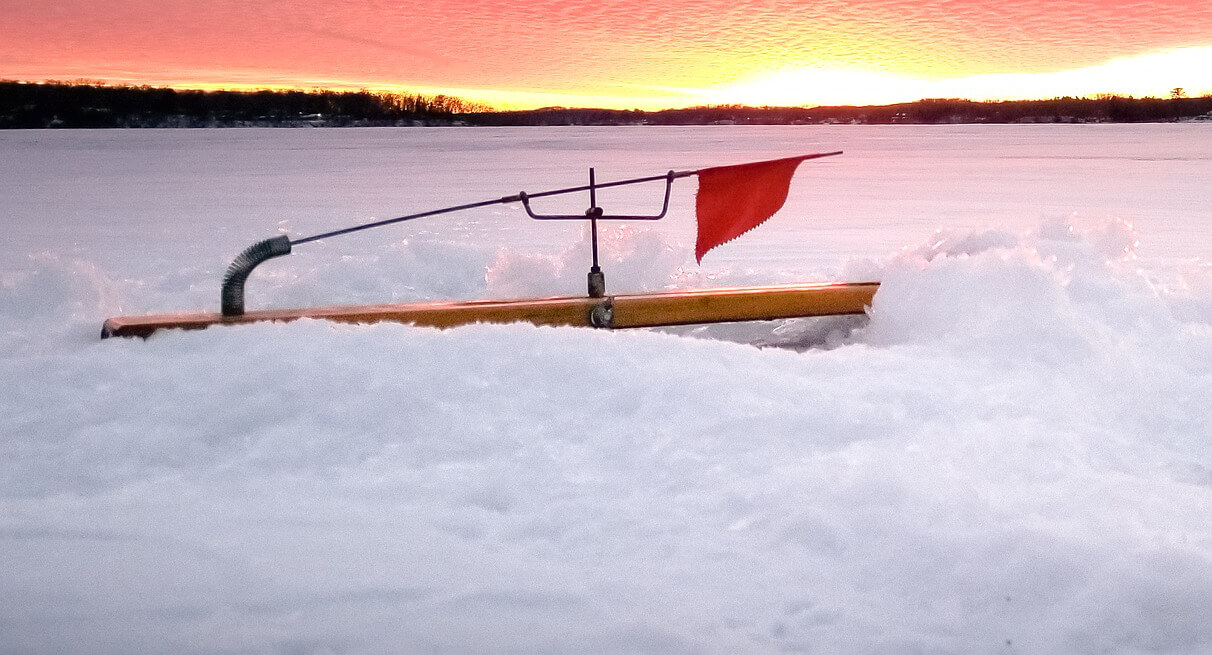
When fishing in winter, the main problem is finding catchy spots, so it is recommended to hunt for pike in familiar waters. Of course, there are no thickets on the ice, so the most promising are pits, edges, all kinds of bottom anomalies, drifts and so on . It is very difficult to determine them under the ice, especially if you cannot rely on your own memory or echo sounder data.
Another difficulty, this time purely physical, is drilling holes . In search of the location of the predator, it is sometimes necessary to drill several dozen holes, therefore, the use of not mechanical, but electric or gasoline ice augers is justified. Fishing for live bait is also problematic. Young fish can be bought in a specialized fishing store, or you can get it yourself, although this is not always possible on ice. Therefore, if you do not want to spend money on purchased live bait, catch it in advance, using free water: as we have already said, with the right approach, it can live for weeks or even months.
The main tackle for catching pike on the ice is winter gutters (postavushki) , equipped with flags as signaling devices. The most commonly used factory gutters on a round base-base, installed directly on the hole (at the same time, they protect it from freezing), but some anglers prefer to make tackle the old fashioned way, with their own hands.
It is most advisable to fish for pike during thaw periods, as well as on the first and last ice . At this time, she is quite hungry and active, so the reliability of the equipment comes to the fore, which justifies the use of a metal leash. In the wilderness, the predator is inactive, so it is better to abandon steel leashes in favor of stealth tackle. A compromise solution would be to use a leash made of several fluorocarbon threads.
The large pike is an enviable trophy, but desperately fighting for its own life. Therefore, you need to fish it out as persistently, but carefully, using a landing net in free water, and a special hook on the ice. And never climb into her mouth with unprotected hands: to remove the hook, it is better to use a special extractor, and in the absence of it – an ordinary folding knife. Good weather and enviable trophies to you, fellow-minded gentlemen!

![The 7 Best Spinning Reels in 2023 [Buying Guides] 6 The 7 Best Spinning Reels in 2023 [Buying Guides]](https://trizily.com/wp-content/uploads/2021/12/033-768x415.jpg)
